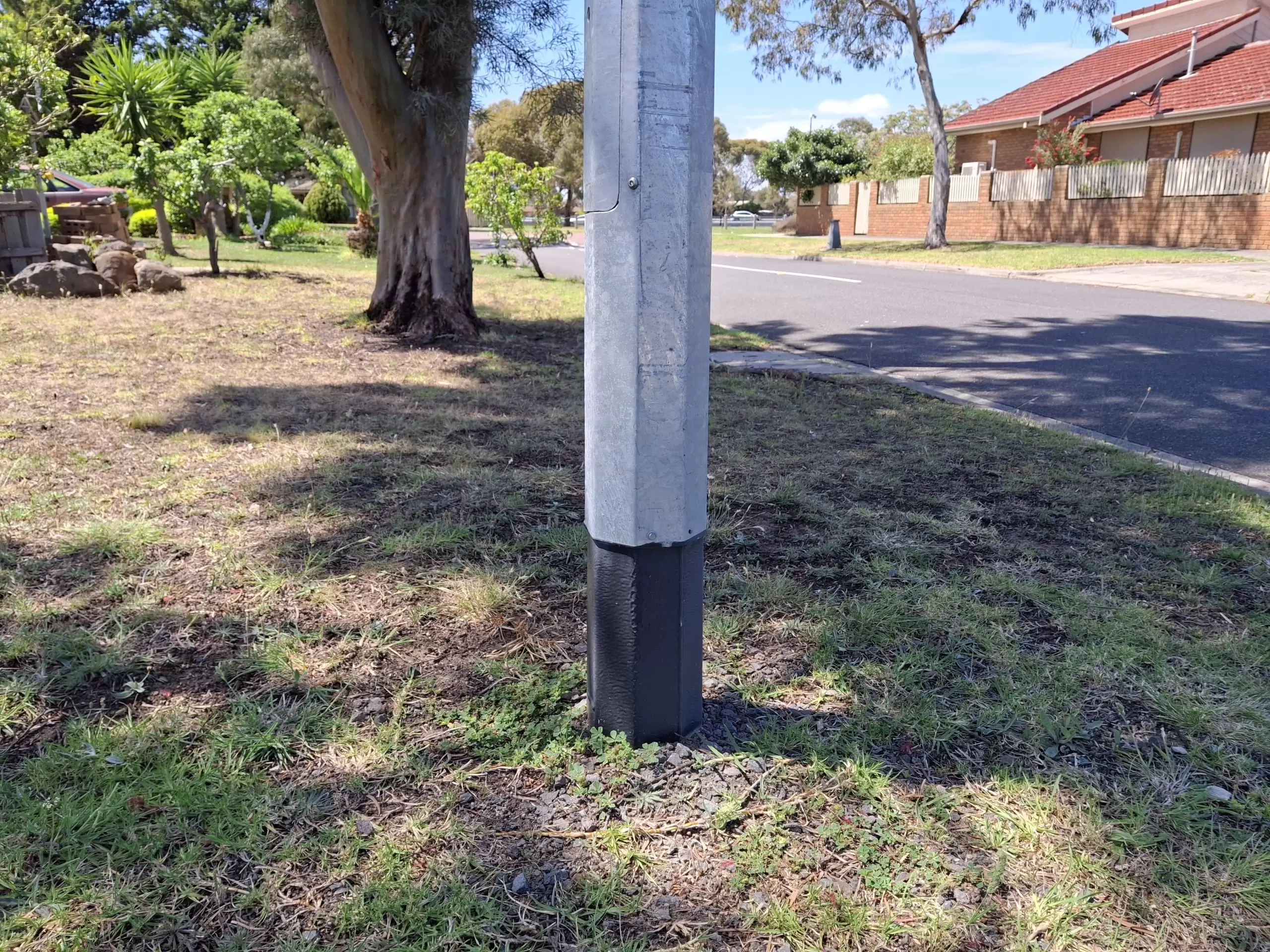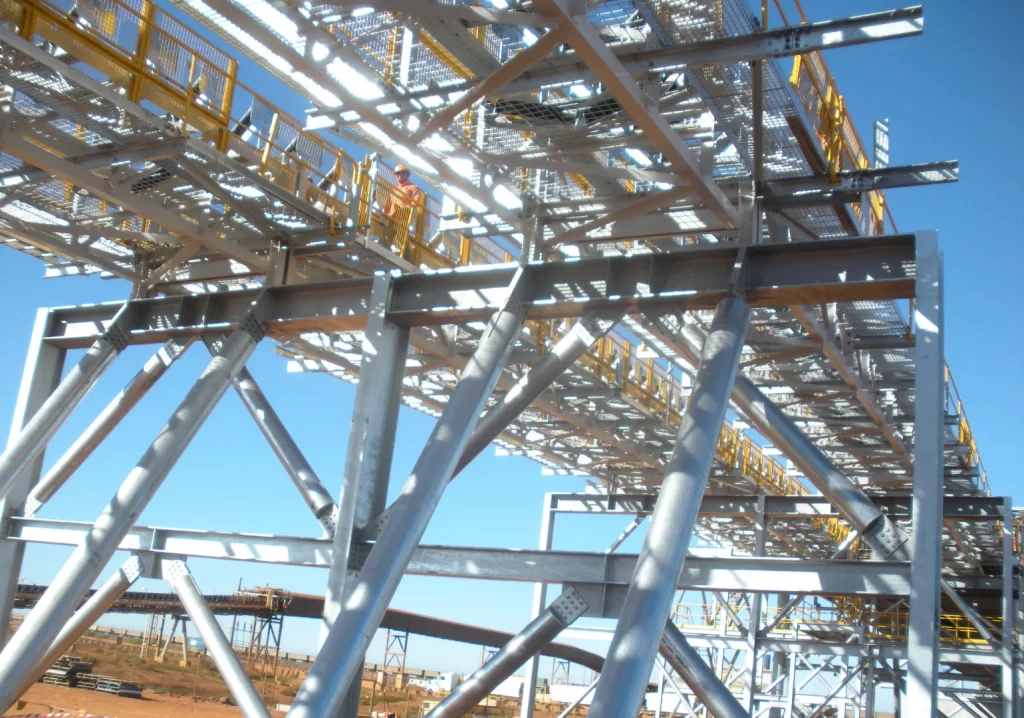The real threat to steel might be buried beneath the surface. Experts reveal how soil properties impact corrosion rates and what engineers need to know to protect vital infrastructure.
When it comes to steel in construction, it’s often the portion you can’t see that’s more susceptible to corrosion.
There is a widespread misconception that atmospheric corrosion is the sole concern, said Peter Golding, CEO of the Galvanizers Association of Australia (GAA).
“But what many people [can forget] is that soil can contain moisture and oxygen, be acidic and can remain damp,” he warned.
Soil resistivity, sulfate content, pH levels, oxygen concentration, chloride content and the presence of bacteria are also contributing corrosive factors.
A further complication comes from the wide variety of soil compositions in Australia and New Zealand – with the differences in physical and chemical properties resulting in corrosion rates that vary significantly from one location to another.
“While there are sound recommendations from authorities and general engineering solutions to address this, they aren’t widely understood,” Golding added.
The role of galvanizing
Hot dip galvanized coatings offer substantial protection to steel by corroding at a significantly lower rate, said David Harrison, Market and Specifications Engineer at GAA.
“The galvanizing must be fully depleted before any corrosion affects the steel,” he said. “Even then, the corrosion of the steel is mitigated by the residual zinc corrosion products surrounding the post.”
It’s largely the topsoil that poses a problem, with the upper layer measuring 200-250 mm containing the most oxygen, and hence the most corrosive properties.
Additional barrier coatings applied to this local area can be beneficial in certain circumstances, but bear in mind that conditions vary from site to site.
“There’s substantial guidance on determining the atmospheric corrosivity at a given location, which then allows an accurate estimate of the durability of galvanizing,” Harrison said. “While guidance exists for soil, detailed site-specific information is required.”

Protecting the soil-air interface
Corrosion is more significant at the soil-air interface due to fluctuating moisture levels and the availability of oxygen, which facilitate electrochemical reactions.
Various ions, pH variations, biological activity and temperature changes further accelerate the corrosion process in soil. It’s therefore beneficial to apply a protective moisture barrier at the soil air interface.
The barrier coating should be applied approximately 200 mm above and 300 mm below the soil line.
“It could be a surface-tolerant, high-build epoxy paint, or a barrier tape,” Harrison said. “There are also some chemical tests that can be used to provide insights on the soil corrosivity, including determination of sulfate levels, chloride levels, and pH and resistivity.”
But the design lifespan of the structure is critical here.
Design considerations
The expected lifespan and replacement costs of critical materials dictate whether a durability allowance is necessary for steel. This allowance is generally calculated based on the anticipated life of the galvanized zinc coating and the steel loss rate through detailed design analysis.
But the method of embedding the steel affects corrosion and protection strategies, Harrison said.
“Is it a driven pile, a screw pile, or simply buried? Each method impacts the feasibility of applying additional coatings, using a select fill, ramming posts or compacting fill.”
Another consideration is that the galvanized coating in the atmospheric-exposed portion extends all the way to the item embedded underground, Golding said.
“The corrosion mechanisms differ between atmospheric exposure and in-ground conditions,” he said. “While atmospheric corrosion might be mild, underground environments can be considerably harsher, especially in acidic sulfate soils.”
Old mangrove swamps and extensively-farmed areas can create particularly corrosive conditions. “What appears benign in the atmosphere can be quite harmful underground,” Golding added.
Embedding steel in concrete
There are various reasons, both corrosion-related and otherwise, for embedding steel in concrete – often dependent on the design requirements.
“You might opt for concrete embedding to achieve a higher overturning moment,” Golding said.
Designs should be utilised which prevent water pooling or soil build-up around the embedded member, both of which can create a micro-environment at the air-concrete interface with increased corrosivity.
“Because the footing is so far out of the ground, the asset owner may either be untempted or unable to provide protection against corrosion,” said Golding.
Galvanizing generally performs well in concrete, often with more predictable outcomes than in soil, Harrison said.
“But it is crucial to understand that corrosion rates and mechanisms are dependent on the environment, and to use that information in the consideration of material selection and when designing for optimal durability,” he added.
For more information on protecting steel in soil, refer to GAA’s Hot dip galvanized steel embedded in soil advisory note.

